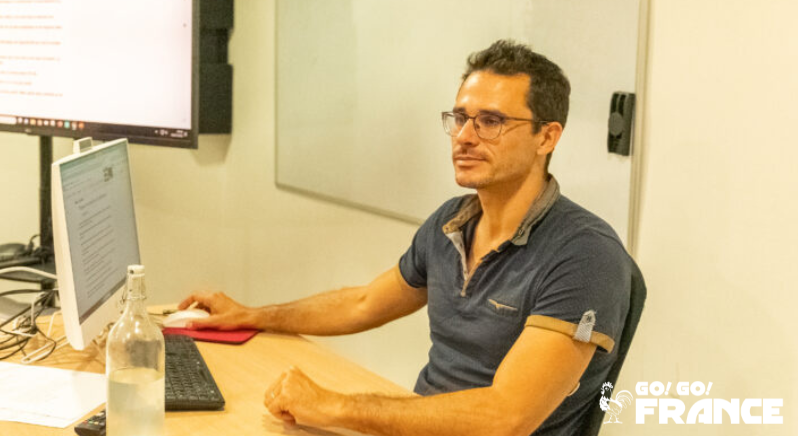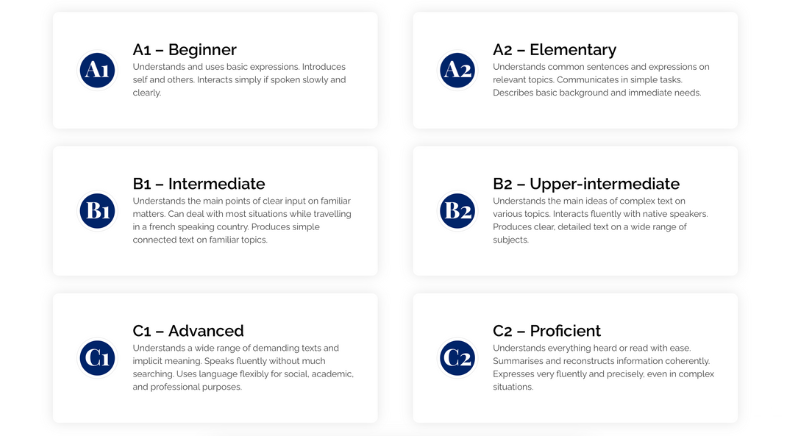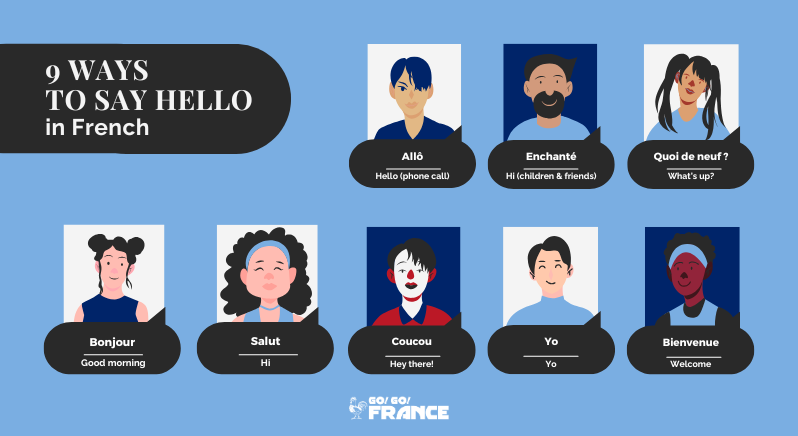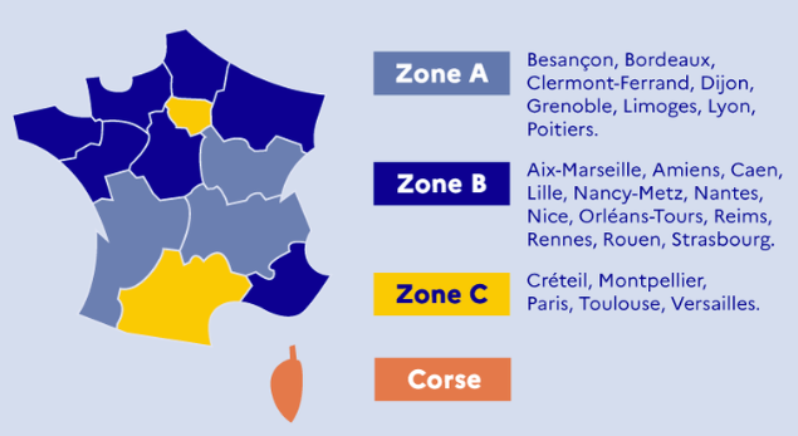French placement tests assess your proficiency in the language, ensuring you’re placed in the appropriate course or level.
What is a placement test
A French placement test is designed to evaluate your current proficiency in the language. It determines your strengths and weaknesses in various linguistic areas, ensuring you are placed in a class that matches your skill level.
Why do language schools use it
Language schools use placement tests to ensure students are enrolled in the most suitable course. This prevents students from joining classes that are too easy or too difficult.
Who is required to take it
Students who have never learned French at all are not required to take a placement test and will be automatically placed in a complete-beginner class. However, most language schools have fixed dates and only a few terms open per year for complete-beginners.
False beginners or those with previous experience can start any Monday of the year and are required to take a placement test before enrollment.
Students with prior experience in French but no formal certification are often required to take a placement test to verify their language skills.

How to take it
Placement tests can be taken in different ways depending on the institution. Many schools offer online tests, allowing students to complete the assessment remotely before arriving in France. Others require students to take the test on-campus after arrival.
Some schools also include an interview-based assessment, where a language instructor evaluates speaking and listening skills through a 1:1 conversation or recorded responses.
How long is it
The length of a French placement test varies depending on the institution, but most tests take between 30 minutes to an hour.
What is it evaluating
They typically assess the following skills:
- Grammar and vocabulary: Multiple-choice or fill-in-the-blank exercises.
- Reading: Understanding short passages and answering related questions.
- Listening: Responding to audio recordings in French.
- Writing: Crafting short essays or responses.
- Speaking: Conversational proficiency through oral interviews or recorded prompts.
Understanding the results
Placement tests follow the CEFR (Common European Framework of Reference for Languages), used by French language schools and official exams like DELF/DALF. Your results will align with these levels.
- A1: Beginner
- A2: Pre-intermediate
- B1: Intermediate
- B2: Upper-intermediate
- C1: Advanced
- C2: Proficiency
Each level refers to a set of skills:

Try our free online level test
Our test was designed to give you a quick and accurate way to assess your current French level. Whether you’re considering a language course abroad or just want to measure your progress, this is a great starting point.
Curious about your current French proficiency? Take our free online here!











